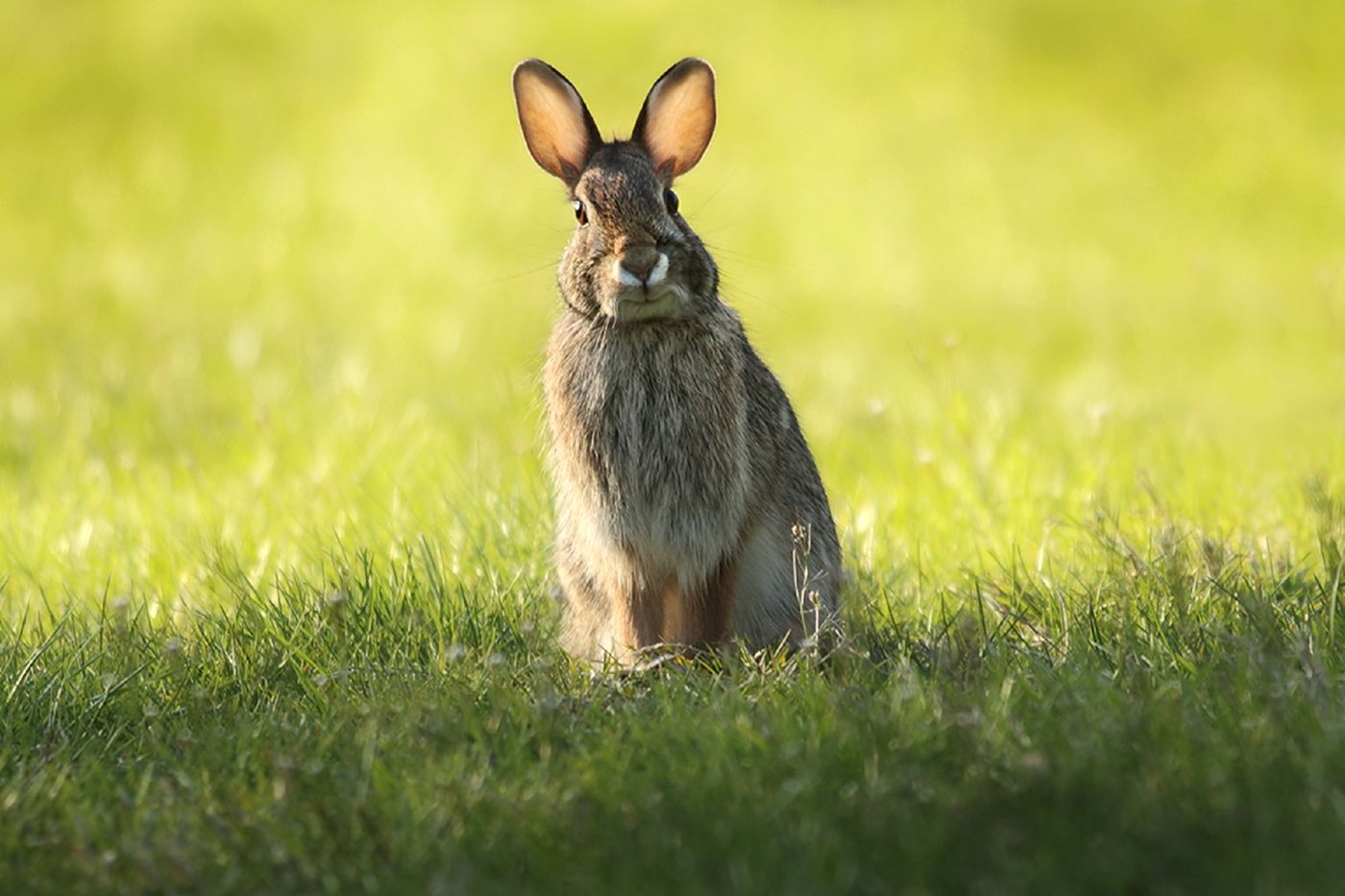Rabbits in North America are Threatened by a Deadly Virus
A deadly virus has been spreading among the wild rabbit populations of the southwestern United States. This devastating pathogen is extremely infectious and causes a hemorrhagic fever. It can survive in dead animals for up to three months and spreads through feces. First detected in domesticated rabbits in Canada in 2018, the virus was found in wild rabbits in New Mexico this year after wildlife biologist Gary Roemer of New Mexico State University (NMSU) began to find dead rabbits in the desert while walking his dog and investigated.
Robyn Hall, a veterinary virologist and epidemiologist with the Commonwealth Scientific and Industrial Research told Science that the virus is now ready to spread across North America.
There is no evidence that this virus can infect humans.
“The outlook right now is so unbelievably bleak,” Hayley Lanier, a mammologist at the University of Oklahoma told Science. “We’re simply left to watch the wave spread out and worry about imperiled species in its path.”
The virus, called rabbit hemorrhagic disease virus 2 (RHDV2), is the second hemorrhagic fever to strike rabbits. RHDV spread through China, Europe, and Australia in the 1980s and wreaked havoc on rabbit populations there.
The new strain, RHDV2, emerged in France in 2010 and began to kill wild rabbits. It has spread into the Iberian Peninsula, and predators that prey on rabbits, the imperial eagle and Iberian lynx, declined by 45 and 65 percent, respectively.
The United States Geological Survey (USGS) has cautioned that rabbits, hares, and their distant relatives, pikas, all types of lagomorphs, may be vulnerable to the virus. Species that are struggling may suffer disproportionate impacts; only two species of lagomorphs in North America are stable. The rest are in decline because of pressures like habitat loss and climate change, for example.
Biologists are very concerned because little or nothing can be done to stop the virus; we can only try to prevent it from being introduced to new areas. Researchers in Portugal, however, are trying out bait spiked with viral particles to try to vaccinate wild rabbits.
The virus probably won't kill every rabbit; rabbits are still found in areas impacted by the virus, suggesting that some animals can withstand the infection.
Source: Science









